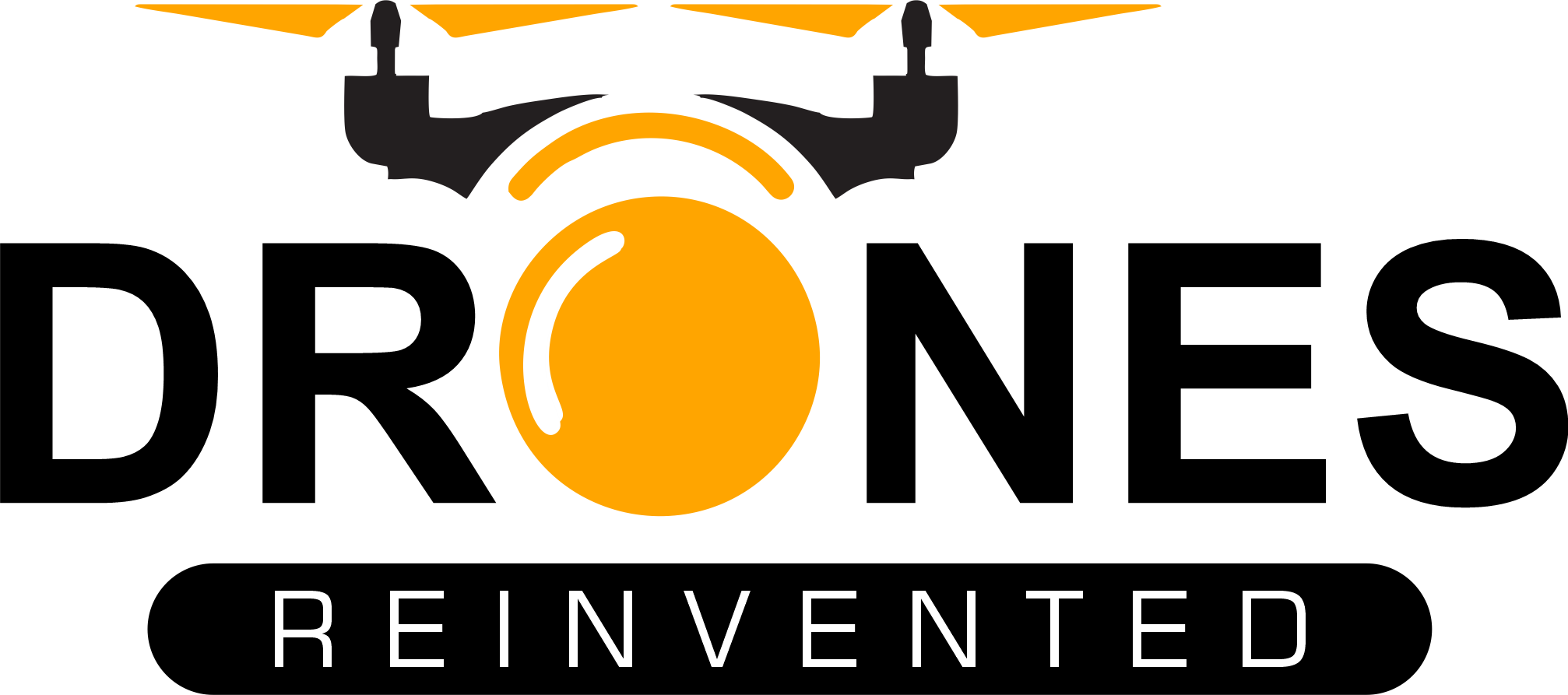$790K contract supports TRUAS mission to resupply frontline units in contested and confined environments
Near Earth Autonomy has been awarded a $790,000 contract by SURVICE Engineering to provide miniaturized autonomous flight systems for the U.S. Marine Corps Tactical Resupply Unmanned Aircraft System (TRUAS) program. This contract is part of a larger $4.6 million effort to improve autonomous resupply operations in challenging environments. The funding supports the integration of Near Earth’s Firefly Miniaturized Autonomy System into the Group 3 TRV-150 platform developed by SURVICE and Malloy Aeronautics.
Near Earth’s Firefly Miniaturized Autonomy System
A New Approach to Contested Logistics
TRUAS platforms are designed to deliver essential supplies to Marine units operating in remote or hard-to-reach areas. These missions are often hindered by rough terrain, unpredictable conditions, and limited access. Near Earth’s Firefly system enables safe autonomous operation without requiring mapped flight paths or verified landing zones. It allows the aircraft to detect obstacles such as trees, rocks, buildings, and ditches and find safe landing areas in real time.
Sanjiv Singh, CEO of Near Earth, emphasized the value of these capabilities:“The Firefly autonomy system is designed to give the U.S. Marine Corps a critical edge in contested and complex environments. By enabling autonomous resupply without the need for pre-mapped routes or clear landing zones, we’re reducing risk to personnel and ensuring that essential supplies reach frontline units faster and more reliably than ever before.”
Supporting Frontline Troops
The TRV-150, equipped with Firefly, will be delivered this summer and used by the Naval Air Systems Command (NAVAIR) to refine operational strategies for contested logistics. The system is intended to enhance the Marine Corps’ ability to maintain supply lines under difficult conditions while minimizing the risk to human life.
Mark Butkiewicz, Vice President of Applied Engineering at SURVICE, explained the importance of this integration:“We continue to look for technologies that improve warfighters’ ability to operate in unpredictable, complex environments, and designed standardized modular and open interfaces to our platform to support easier integration of technologies such as Near Earth’s Firefly. Near Earth’s system enables the TRV-150 to autonomously detect obstacles, identify safe landing zones, and complete resupply missions with greater reliability. We are excited to be able to provide an added capability that can improve the warfighters’ ability to sustain operations in contested and confined battlespaces, helping ensure critical supplies reach the warfighter whenever and wherever they are needed.”
Building on a Legacy of Autonomy
Near Earth’s autonomous systems have evolved over more than a decade of research and deployment. The company’s first major project, the Autonomous Aerial Cargo/Utility System (AACUS), demonstrated autonomous helicopter logistics for the Marine Corps. This was followed by the Talon Joint Capability Technology Demonstration (JCTD), which proved the viability of autonomous systems in smaller aircraft.
The Firefly Miniaturized Autonomy System is the latest result of this ongoing development. It combines environmental awareness with smart flight control in a compact system, optimized for the TRUAS platform’s size and mission.
Strategic Value for the Marine Corps
Firefly adds precision navigation, landing, and hazard avoidance to the TRV-150 platform, all while maintaining cargo capacity and range. These capabilities are essential for missions in areas where traditional logistics cannot operate reliably.
This technology also fits within Near Earth’s broader goal of enabling autonomous logistics for both military and commercial aircraft. From drones to helicopters, Near Earth develops systems that increase efficiency, reduce risk, and improve performance.
About Near Earth AutonomyNear Earth Autonomy builds technology that allows aircraft to fly autonomously, with or without GPS. The company serves both commercial and defense partners with systems that enable safe, reliable aerial mobility. Their work spans a variety of aircraft types and missions, supporting smarter, safer flight in complex environments.
Read more:
Miriam McNabb is the Editor-in-Chief of DRONELIFE and CEO of JobForDrones, a professional drone services marketplace, and a fascinated observer of the emerging drone industry and the regulatory environment for drones. Miriam has penned over 3,000 articles focused on the commercial drone space and is an international speaker and recognized figure in the industry. Miriam has a degree from the University of Chicago and over 20 years of experience in high tech sales and marketing for new technologies.For drone industry consulting or writing, Email Miriam.
TWITTER:@spaldingbarker
Subscribe to DroneLife here.

0 Comments